International Yoga Day, observed on June 21, highlights the numerous well-known benefits of practicing yoga. Among today’s most common lifestyle disorders is high blood sugar, or diabetes. Yoga can play a significant role in managing and preventing this condition by improving overall well-being and promoting better blood sugar control.
)
Pranayama techniques like Anulom Vilom and Bhastrika help strengthen the body’s immune system and purify the Nadis—energy channels within the body. These practices significantly reduce stress hormones, supporting the parasympathetic nervous system. Since stress is a major factor in diabetes, regular yoga can play a key role in preventing, managing, and even helping treat the condition.

To get into this position, begin by standing upright with your arms relaxed at your sides. Gently bend forward and lower your knees to the ground. Rest your pelvis on your heels and turn your toes outward. Place your hands on your knees with palms facing upward. Keep your back straight, gaze forward, and hold the posture for some time. Your thighs should be in contact with your calf muscles throughout.
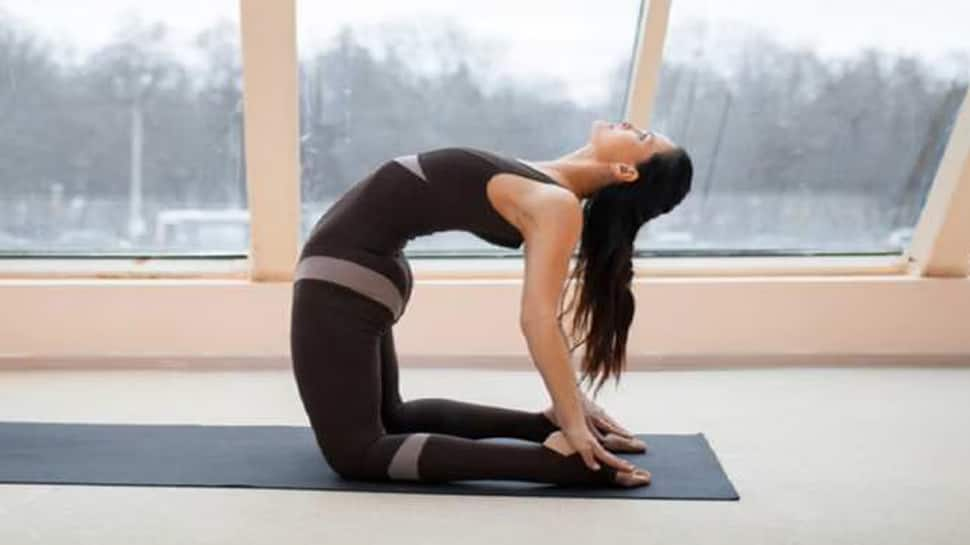
While kneeling on the yoga mat, place your hands on your hips. Gently arch your back, extend your arms, and place your palms over your feet. Keep your neck in a neutral position to avoid any strain or tension. Stay in this pose for a few deep breaths. After a full exhalation, slowly return to the starting position. As you rise, bring your hands back to your hips and stand tall.

Lie flat on your back with your palms placed on the floor beside you. Engage your core muscles to lift your legs up to a 90-degree angle. Keep your palms firmly pressed against the ground for support. Slowly bring your legs over your head, aiming to tuck them behind it. If needed, use your hands to support your lower back. Hold this position for a few deep breaths, maintaining it for about 15 to 20 seconds.

Lie on your stomach and take a deep breath as you lift both your arms and legs off the ground. Raise them as high as comfortably possible while looking upward. Hold this position for 15 to 20 seconds.
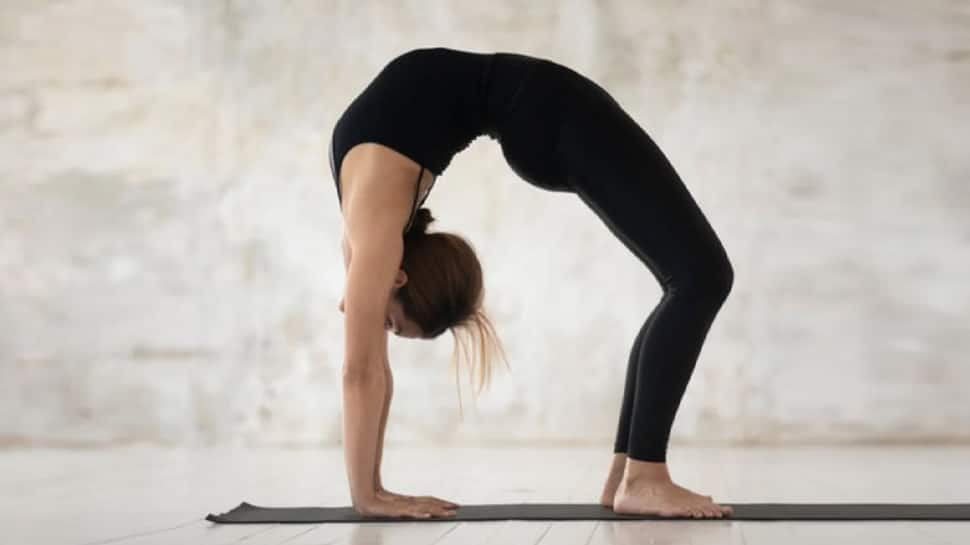
Gently lean back and place your hands on the floor beside your head, rotating your arms at the shoulders. Inhale deeply and lift your body to form an arch. Ensure that all four limbs share your body weight evenly. Hold this position for 15 to 20 seconds.
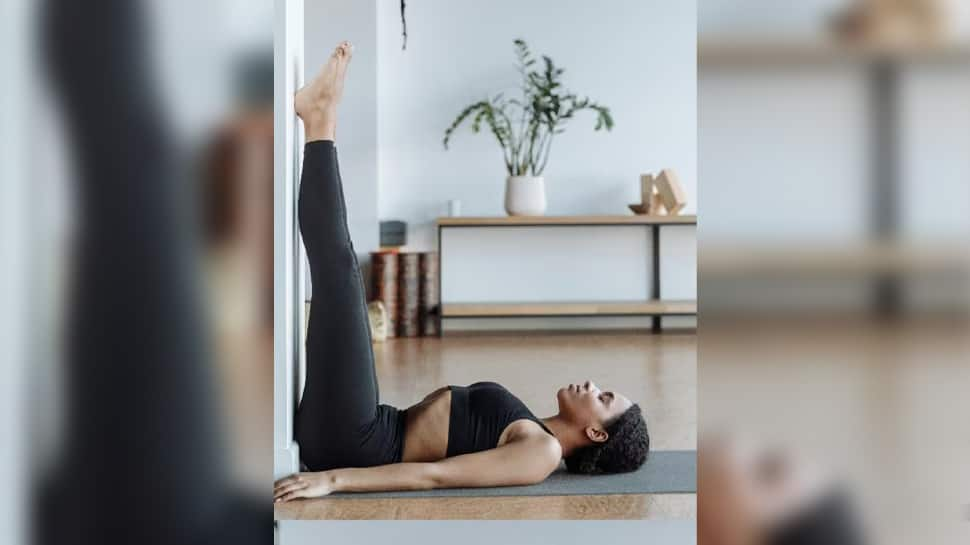
Legs-Up-the-Wall pose, is a deeply relaxing asana that helps in managing blood sugar by reducing stress and improving circulation. To perform this pose, lie on your back near a wall and gently lift your legs to rest them vertically against it. Keep your arms relaxed by your sides with palms facing upward. This position calms the nervous system, reduces cortisol levels, and promotes better blood flow, all of which are crucial in regulating blood sugar levels.

Seated Forward Bend, is excellent for stimulating the pancreas and improving insulin secretion. To do this pose, sit with your legs extended, raise your arms overhead as you inhale, and then exhale while bending forward to reach for your toes. This stretch improves digestion, reduces belly fat, and calms the mind, helping to prevent stress-induced blood sugar spikes.
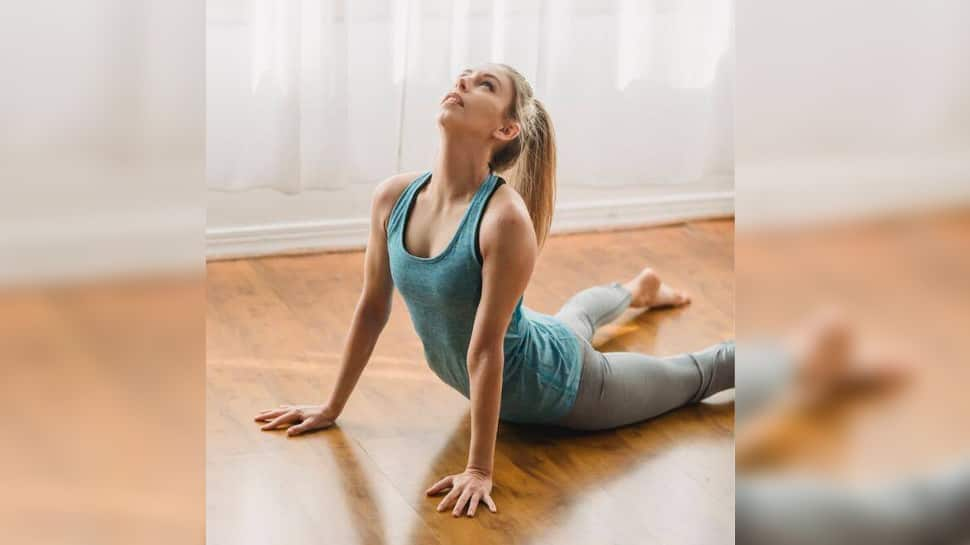
Upward-Facing Dog, is a backbend that stretches and strengthens the spine while stimulating abdominal organs. Begin by lying on your stomach with your palms near your chest. Inhale and lift your chest and thighs off the floor, keeping your arms straight and shoulders relaxed. This pose helps in enhancing metabolism, supporting liver and pancreas function, and improving energy levels—all beneficial for blood sugar control.
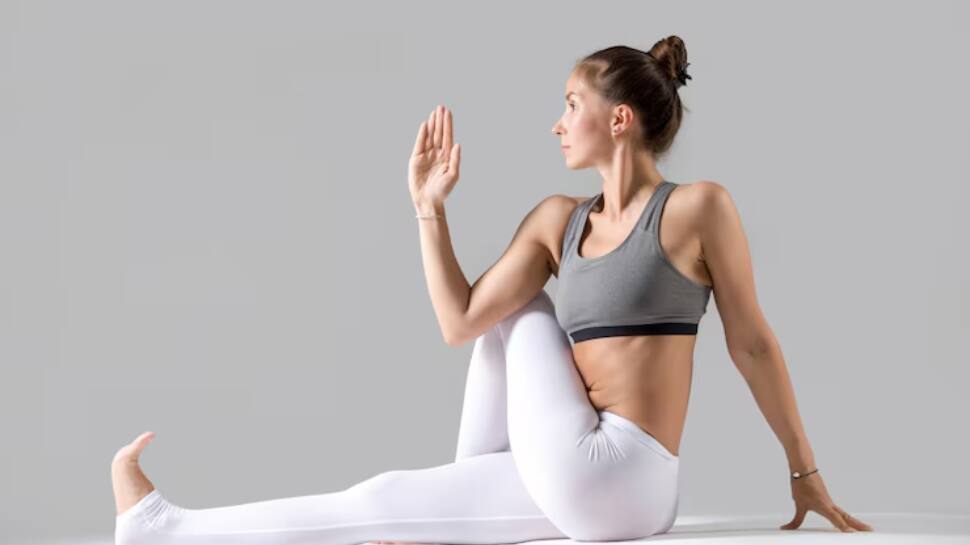
Half Spinal Twist, is a gentle twisting pose that massages the internal organs, including the pancreas, liver, and kidneys. To practice this, sit with your legs stretched out, bend one leg and cross it over the other, then twist your torso towards the bent knee, using your opposite arm for support. This twist aids in detoxification, supports digestion, and enhances glucose metabolism, making it particularly helpful for managing diabetes.
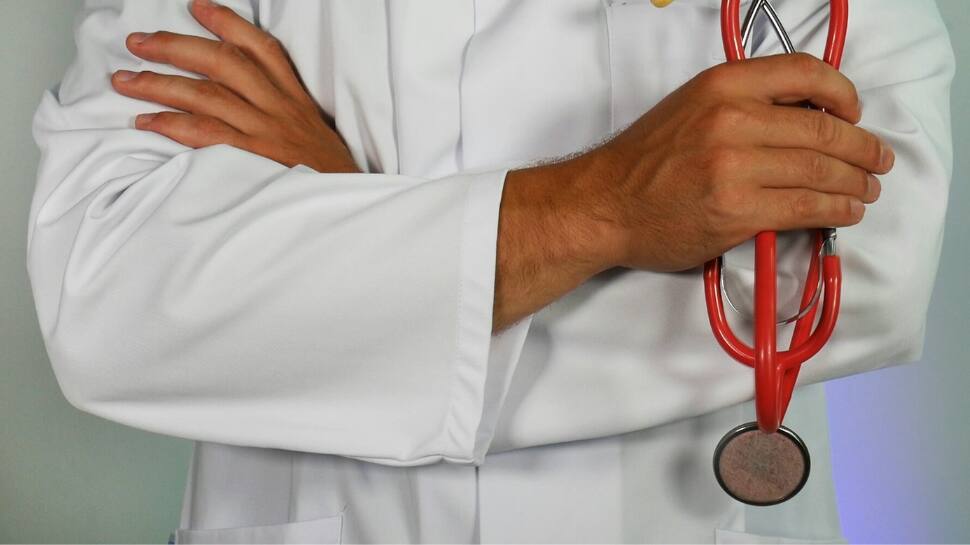
(This gallery is meant for informational purposes only and must not be considered a substitute for advice provided by qualified medical professionals.)